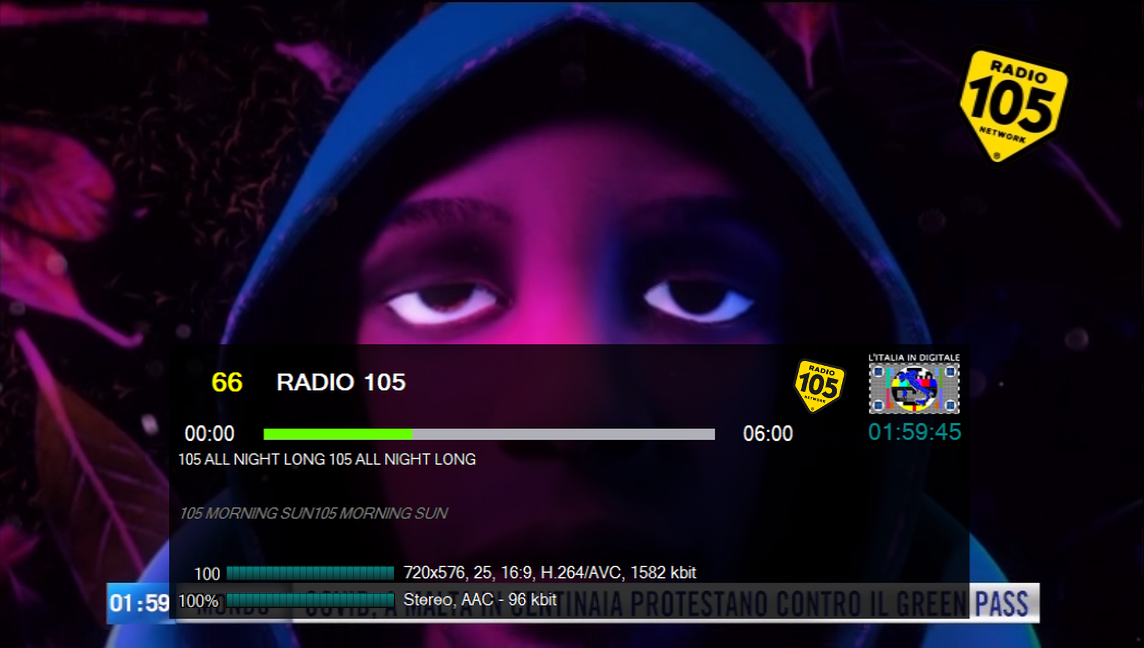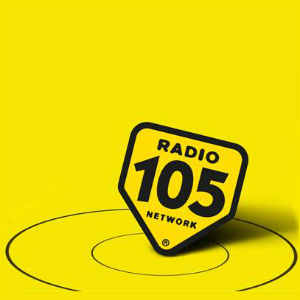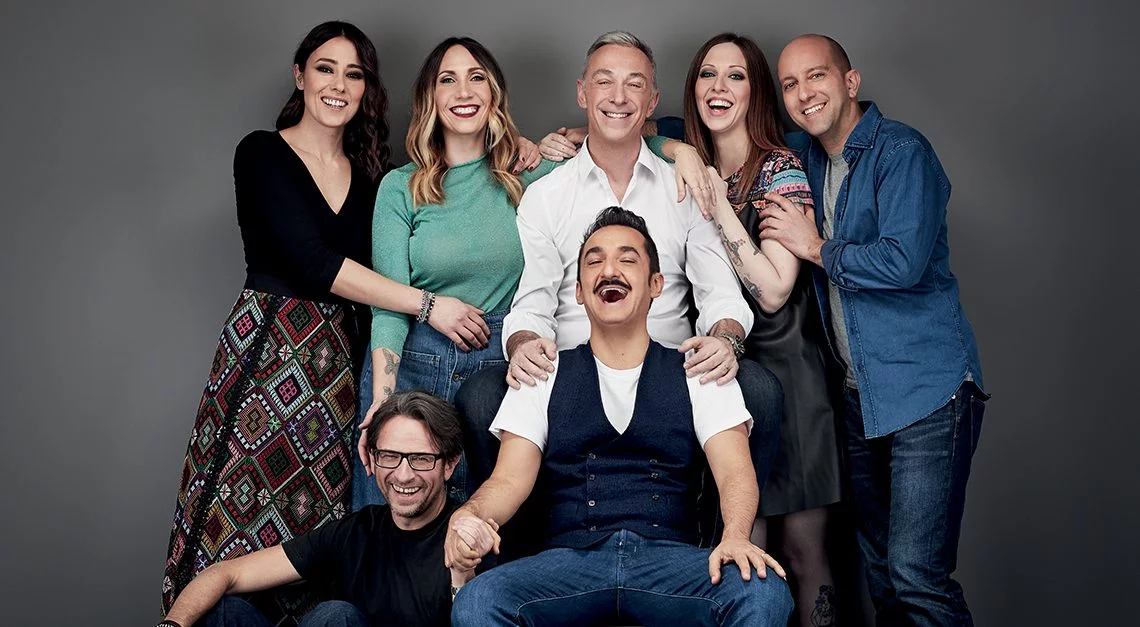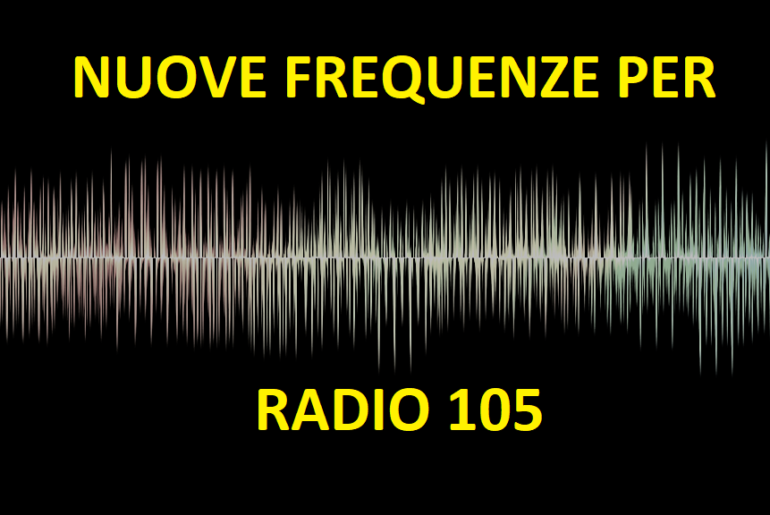
ECS Dogana Club - 🎧 Dalle frequenze di Radio 105 alla consolle dell'Ecs Dogana. 💥 DJ Marco Comollo special guest del 10° appuntamento con Disco Friday 🔊👇🏻 Ven 15 Apr - Dalle 22:00 🔥🕒 Start the countdown | Facebook

Radio 105 - Ascolta online - Frequenze, notizie e storia del marchio Radio 105 Network - mediaComunicazione

220117 – MUX DFREE: CAMBIO DI NUMERAZIONE PER RADIO 105 TV, ELIMINATI PREMIUM CINEMA 1 E 2, MEDIASET ITALIA 2 E R101 TV PASSANO NEL MEDIASET MUX 1 – L'ITALIA IN DIGITALE






















